×
Don't miss out!
Sign up for 10% off your first order
and exclusive product previews!
Have you experienced the sensation of entering a sauna and enjoy the benefits? Do you enjoy yoga? If so, Bikram yoga or another style of “hot” yoga may be something you’re missing out on. Bikram yoga, specifically, is a style always completed in a heated environment. In fact, to many, it is a therapeutic style of yoga. Bikram yoga was conceived by Bikram Choudhury, a student of Bishnu Hosh, brother of Paramahansa Yogananda, and later a yoga teacher.
Made more popular in the 1970’s, Bikram yoga consists of a sequence of 26 postures (Bikram yoga asanas). Oftentimes, accompanied by 2 breathing exercises. The duration of a traditional class is about 90 minutes. There are many styles of yoga that attempt to mimic the benefits of Bikram yoga, by simply performing that particular style in a heated environment. For example, Power Yoga, and some Vinyasa Flow classes. Nevertheless, just adding heat does not necessarily equal the same benefits you may obtain from a traditional Bikram yoga session.
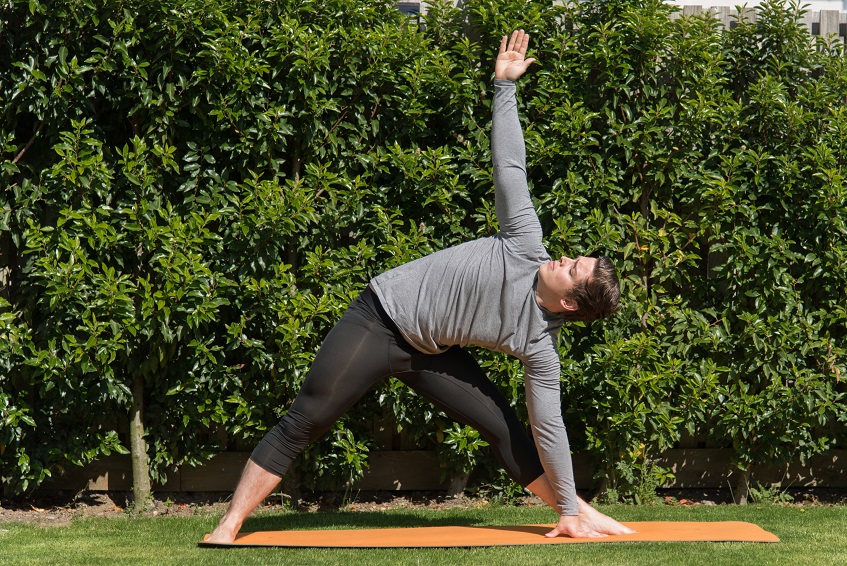
Each style of yoga is different. The potential underlying benefits from each style can also vary. Oftentimes, yoga can be modified, or certain styles fit lifestyles and individual goals, better then others. Bikram yoga, has precise movements or sequences, as well as specific teachings, and principles, that make Bikram different then other styles.
In fact, many of the poses are derived from more classic hatha poses. The thought behind the systematical sequences, is to move oxygen rich blood to every part of the body. Poses you’ll find include;
Bikram yoga, to some, may seem like a slightly longer variant of a traditional Sun Salutation. Some may view it as just a sequence of postures. However, there is more to Bikram then this.
Bikram yoga is practiced in a heated room (or other environment) at the temperature of 40 ° C. The heat, in fact, may help provide lucrative mind-body benefits. In general, Bikram yoga may to help “improve lower body strength, lower and upper body range of motion, and balance“.
There has also been some evidence of Bikram yoga’s ability to help “improve glucose tolerance, bone mineral density…..mindfulness, and perceived stress“.
Short term Bikram yoga has shown evidence to effect physical health as well. For example, as it relates to strength, flexibility, and lowering body fat. Thus, having a positive effect on musculoskeletal health. A study out of Colorado State University concluded a session of Bikram yoga averaged 460 calories burned for men, and 330 for women.
Many have also touted it’s benefits as they relate to;
A Bikram yoga class, lasting about 90 minutes, begins with some breathing exercises. Also known as Pranayama. Thus, helping to warm-up the body. Then, proceeds with a series of standing postures for realignment, compression and balance. Postures then take place on the ground, consisting of numerous arches and forward bends. Specifically, helping to strengthen and stretch the back and vertebral column.
5 Important Safety Tips:
Although opinions may differ from person to person, here are 5 basic Bikram asanas. These can give you a glimpse as to what you may expect in a typical class.
Keep in mind, these are just 5 of the 26 poses. During your sessions, especially if you’re relatively new to the practice, be patient and practical. Some maneuvers may be new to you, or challenging. Some asanas you’ve likely seen and completed before. Its okay to take things slow, further challenging your body and mind over time.
This position allows you to work on your abs, waist and back by strengthening them and improving the flexibility of the spine.
Steps:
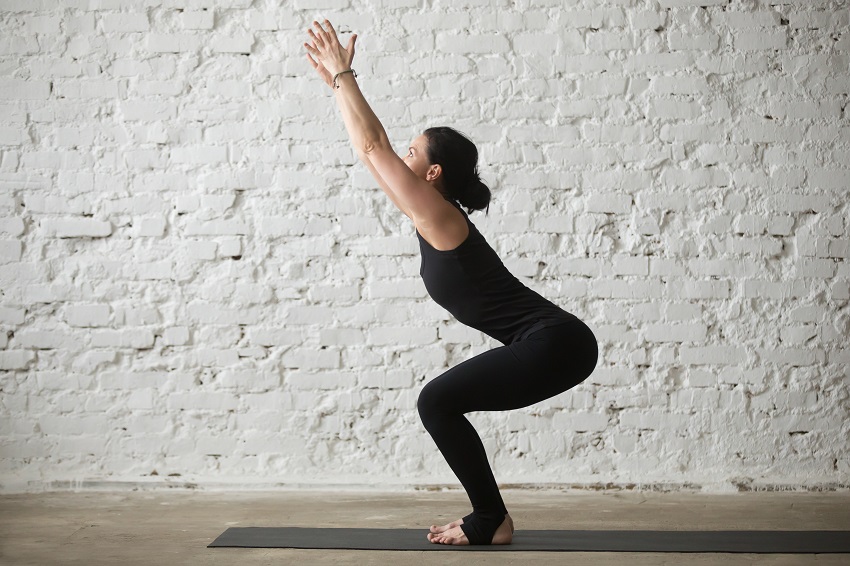
One of the goals of this asana is to strengthen the legs.
Steps:
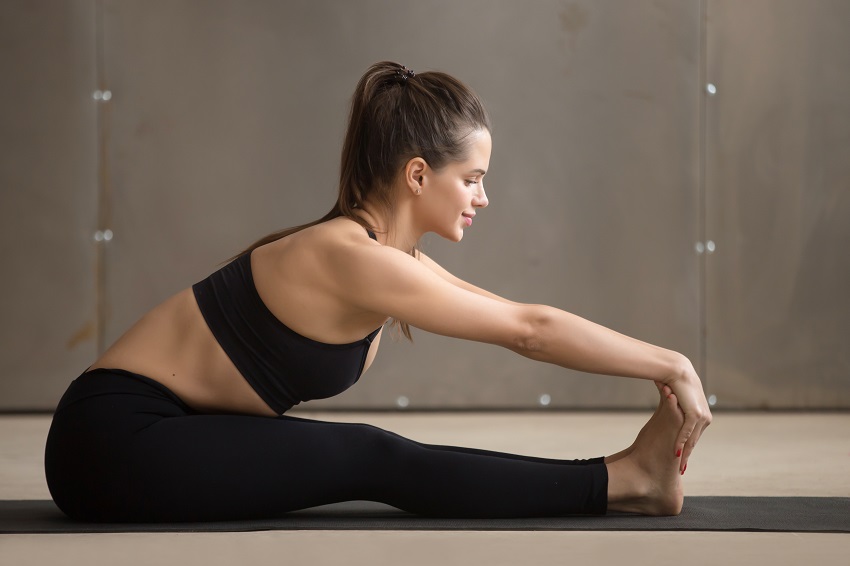
This pose helps establish length to your spine and improve flexibility.
Steps:
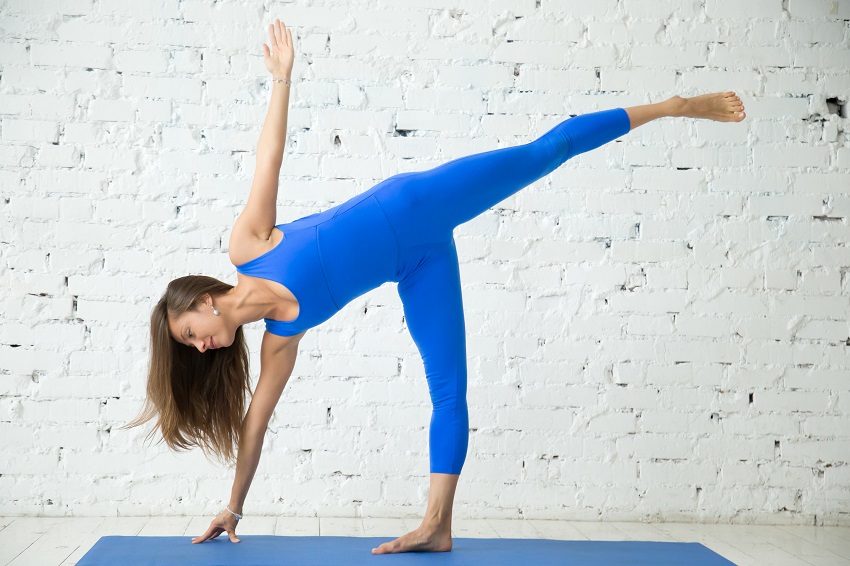
Steps:
We can use variations to simplify the asana. For example, using a brick under the hand.
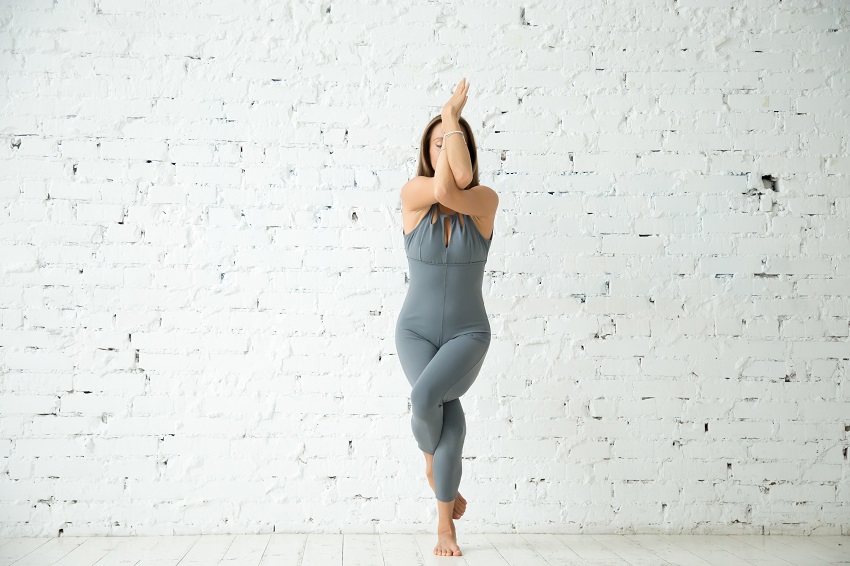
Steps:
Bikram yoga is incredible to help you work on your body, while disconnecting and reprograming your mind, helping live your best life! Yoga can truly have an awesome short, and long term effect on both.
Always listen to your body when performing Bikram yoga asanas and while practicing hot yoga of any form.
References:
Get updates, top yoga recommendations, and an exclusive preview of our upcoming products!